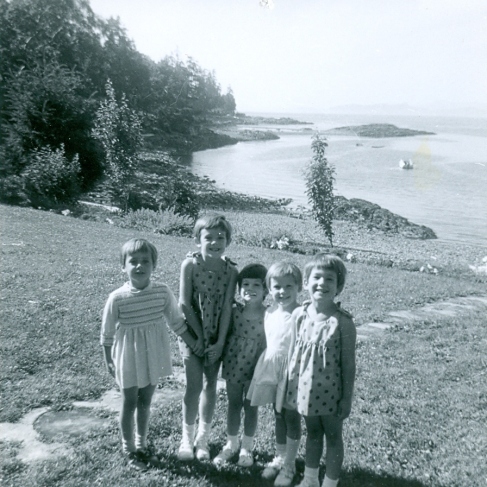Do you stumble over how to define cousin relationships in your family? In the past, I tended to refer to anyone related by blood, beyond my first cousins, as my ‘distant cousin’. As my family history research has grown to include several generations, knowing how to define a cousin relationship has helped me to understand the relationships between generations and to keep everybody straight in my own mind and in my family history notes.
A cousin is a person with whom one shares one or more common ancestors. First cousins share at least one common grandparent, second cousins share at least one common great-grandparent, third cousins share at least one common great-great grandparent and so on. The tricky bit comes in with the ‘once removed’ or ‘twice removed’ labels. When cousins are ‘removed’, it indicates that two people are from different generations – ‘once removed’ is one generation apart, ‘twice removed’ is two generations apart, etc. For example, my (first) cousin’s children are my first cousins once removed. Similarly, my Dad’s first cousin would be my first cousin once removed. Dick Eastman’s Online Genealogy Newsletter has a great short article on how to define cousins, along with a simple table to look up relationships.
Oh, and that’s me on the far left.
